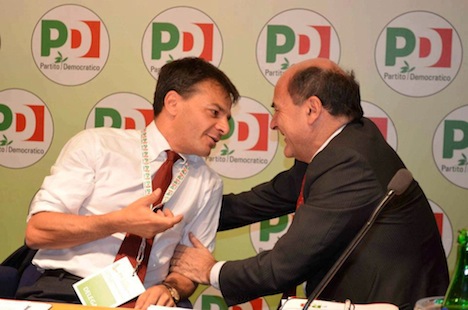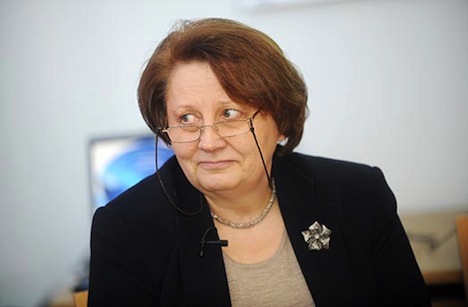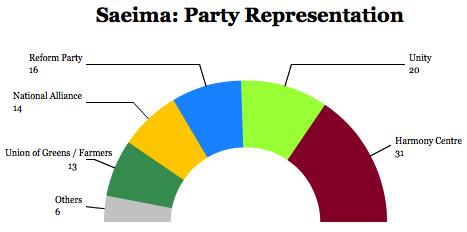In US politics, the ‘Sister Souljah’ moment dates from the 1992 presidential campaign when Bill Clinton, then the young governor of Arkansas, repudiated the words of a prominent hip-hop emcee and activist (Sister Souljah) by comparing her words to those of prominent white supremacist David Duke. In scolding her, Clinton distanced himself from African-American civil rights activist and former presidential candidate Jesse Jackson, thereby signaling his willingness to stand up to Jackson and the various interest groups that then dominated the Democratic Party. ![]()
Since 1992 the moniker has been applied to any situation where a politician rebukes extreme statements or views most associated with that politician’s own political party or identity.
So it was in Italy last week when the new leader of Italy’s center-left Partito Democratico (PD, Democratic Party), Florence mayor Matteo Renzi caused a rift on the Italian left that precipitated the resignation of deputy finance minister Stefano Fassina from Italy’s beleaguered coalition government.
Fassina resigned after Renzi dismissed his calls for a cabinet reshuffle. When asked about Fassina’s proposal by the press, a swaggering Renzi responded with a simple, ‘Chi?’ (Who?). It was a stark reminder that Renzi intends to drag Italy’s main leftist party to more centrist ground in the same way that Clinton pulled the Democrats to the middle in the 1990s and that Tony Blair pulled the Labour Party in the United Kingdom.
It’s a calculated bet, not without some risk, that Renzi can slap down his leftist flank (presumably expanding his appeal to moderate voters) without alienating the left so much that he causes the Democratic Party to crumble.
Fassina represents the socialist-left wing of the Democratic Party that Renzi now leads, after winning the leadership contest in December 2013 against token opposition with 68% of the vote. Renzi’s coronation, however, obscures the real fissures within the Democratic Party. In the contest to determine the prime ministerial candidate of the Italian centrosinistra (center-left) in November 2012, former PD leader Pier Luigi Bersani bested Renzi in December 2012 by a whopping margin of 61.1% to 38.8%.
Fassina, as a member of the current grand coalition government headed by prime minster Enrico Letta, has been incredibly skeptical of spending cuts and other forms of budget austerity. Fassina is the most well-known of a small group of rising leftists known as the Giovani Turchi (‘Young Turks’) within the party that want to pull it further to the social democratic left, a group that also includes Matteo Orfini and environmental minister Andrea Orlando. That’s not necessarily a bad space to occupy in Italian politics — it’s a tradition that pulls both from the humanism of the historical Italian left and the Catholic social teaching of the historical Italian right.
But the Young Turks are just one of many factions that comprise the Democratic Party, which itself represents a two-decade struggle to redefine the Italian left — the party is now comprised of over a dozen fiefdoms, including the so-called ‘renziani‘ who support the Florence mayor. Continue reading In dismissing Fassina, Italy’s Renzi marks his ‘Sister Souljah’ moment


